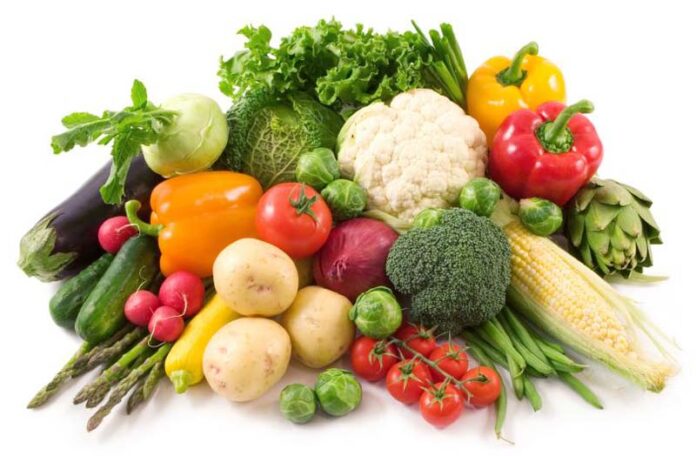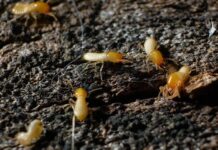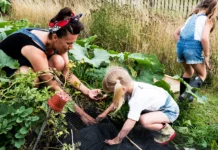Fresh vegetables do not have better taste alone but they are better for farmers and gardeners. In recent studies, it has been proved that immediately after harvest, vegetables starts losing their fresh taste and the most vulnerable are vitamins. In the case of spinach, it is likely to lose about ninety percent of its vitamin C content in just twenty four hours and this is why knowing how to identify fresh vegetables is very important whether you intend purchasing vegetables from the store or you are growing them from the convenience of your own garden.
Interesting Read – What Is A Wintercress Plant
How To Identify Fresh Vegetables
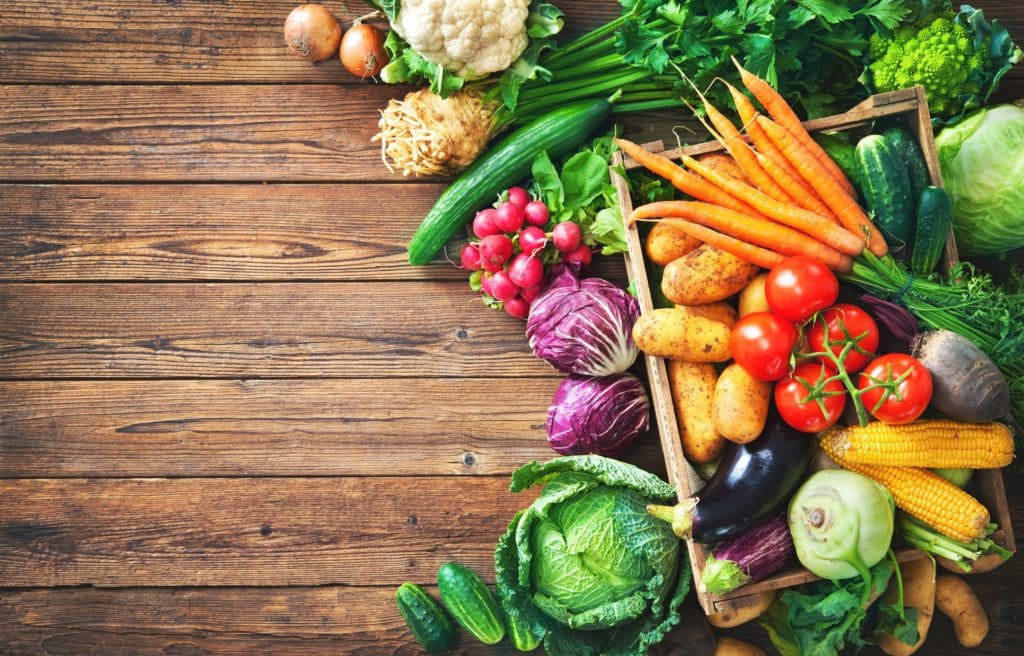
There is a huge difference in an item that is ripe and an item that is fresh. Ripeness refers to the peak maturity of a fruit or item while freshness talks about the amount of time since a fruit or vegetable was harvested. In various parts of the United States, lots of vegetables are grown and harvested and there are vegetables which also come in from other countries but this depends more on current growing season as well as its year. Vegetables that travel long distances before they get to your stores are picked before they get ripe in most cases.
As fresh vegetables travels long distances, they tend to get less nutritious and this is why we always advice gardeners and farmers to buy vegetables that are locally grown and freshly harvested or they can grow their own vegetables because it is simply the best way anyone can get the nutritional value they seek in vegetables. If for example there isn’t any time and space for you to garden or grow your own vegetables then shopping for one at a farmer’s store is the best alternative that you can take.
Trendy Post – Effects Of Burning Bush
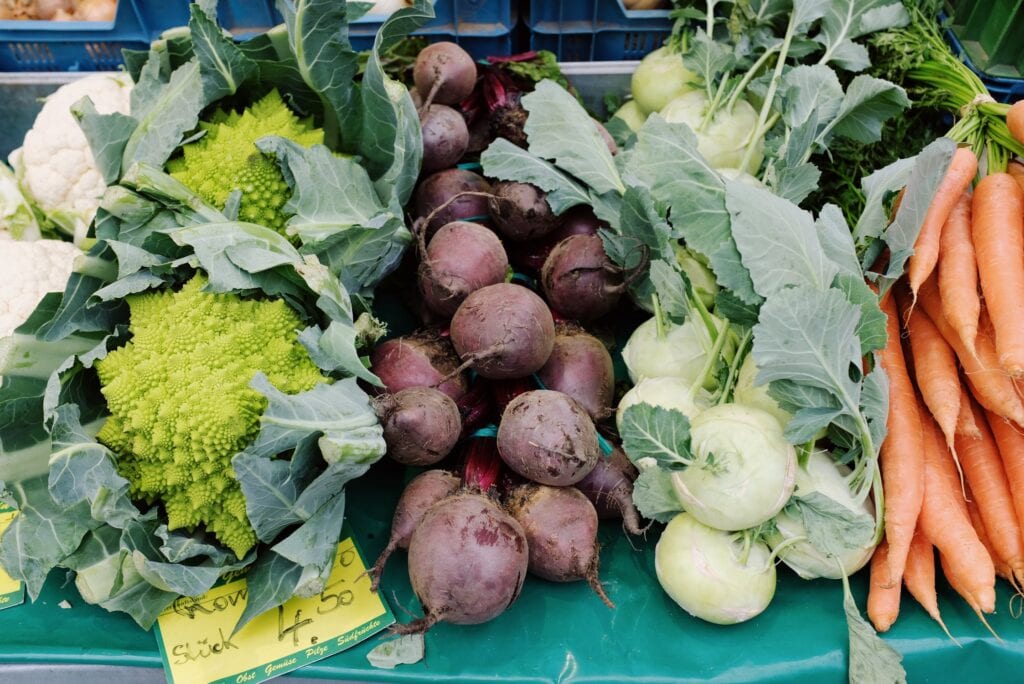
Locally grown vegetables can be purchased at corner grocery stores but what this means is you are sticking to what is produced in that particular season. However, seasonally unavailable vegetables can also lack the desired freshness in some cases and below are some tips that you can adopt of you want to identify fresh vegetables in the market.
Sniff Test
This involves you waving the vegetable past your nose discreetly to get a good sniff of what you want to purchase and vegetables are known for releasing different types of chemicals like sulfur and ether compounds and all of these chemicals can be detected through smells. What this means is a fresh vegetable would definitely smell fresh and some vegetables which belongs to the cabbage family are likely to have a pungent smell when they are still fresh. The aim of the sniff test is to detect spoilage or mold before purchase.
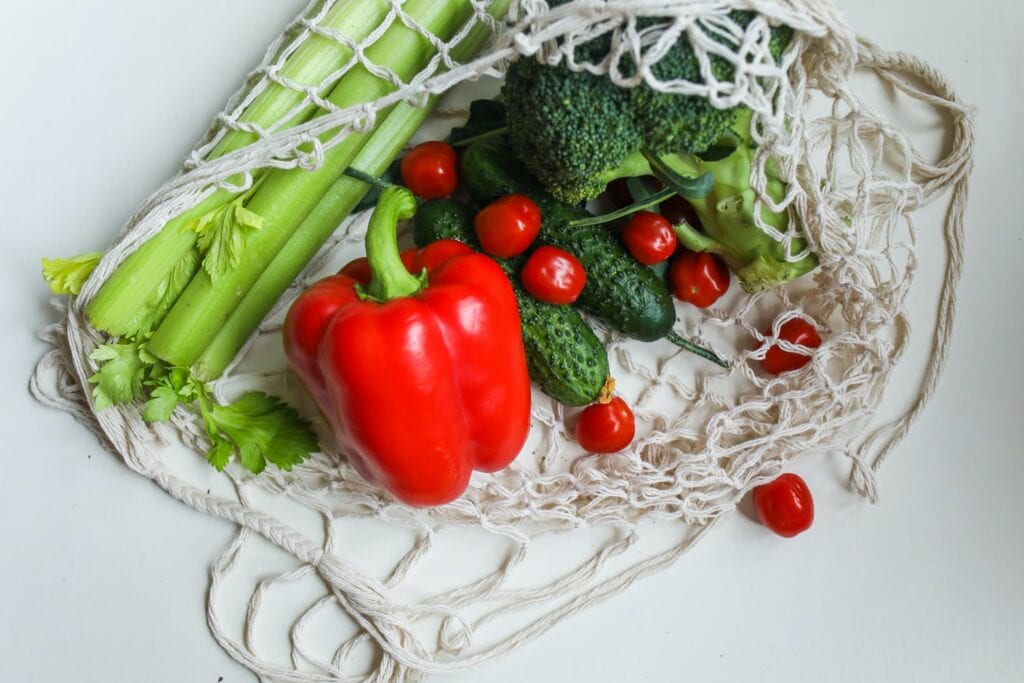
Sight Inspection
The eyes are also capable of sending strong signals if a vegetable is fresh or not. An even color and bright vegetable with no mold or dark spots tends to indicate freshness and damaged skin, dents and bruises sometimes can occur while trying to transport vegetables to the market. Wilting leaves and wrinkling skin also tells you that the vegetable is old and for you to be very certain, the stem end of vegetables ought to have a little browning color which naturally occurs during harvest.
Touch Assessment
This is the last tip that you can also practice when checking for freshness in vegetables. Checking its firmness and texture would tell you if a vegetable is old or not and if a vegetable exhibits mushiness or sliminess then that is an indication that the vegetables lacks total freshness.
Another fact that you should pay attention to when checking for freshness in vegetables is when the vegetables were delivered to the market. You can also ask the manager at the store when they received the vegetables and you should try and calculate the timing accurately. Lastly, always makes sure that you shop constantly for vegetables where there are always frequent signs of selling fresh vegetables.
Related Post – How To Keep Vegetables Fresh

